Things to know
1. What are the types of white balance and draw the symbol for each.
2. What is the difference among large format cameras, medium format, DSLR, and compact? Large format cameras use a film or digital sensor 4 x 5 in or longer. Medium format cameras are cameras that record images on media larger than 35 mm, but smaller than 4 x 5 size. DSLR have sensitive imaging chips that produce high quality images even on poorly lit environments. Compact is 35 mm film/digital, known as point and shoots, noninterchangeable lens.
3. What time periods were they used? Used in 1890’s to 1950’s.
4. What does SLR stand for? Single Lens Reflex
5. Who made the first photograph? Niepce
6.Who is Daguerre and what did he contribute? Created images on silver-plated copper, coated with silver iodide and “developed.” with warmed mercury.
7. What is the rule of thirds? What would a photo look like using this? Placing your subjects in one of the thirds of the photo. Imagine a tic-tac-toe board while looking through the view finder.
8. What are leading lines? An object or objects in the frame direct your eye to one area of the photograph.
9. What is framing? Using objects to frame the subject can lead the viewer’s eye right where you want.
10. What’s the difference between bird’s eye and worm’s eye view? Bird’s eye view is from above. Worm’s eye view is from below.
11. What is libel? Occurs when someone is exposed to hatred, ridicule, or has his/her reputation damaged as a result of FALSE information that has been published.
12. What is obscenity? The acronym for the test to determine? Not within constitutionally protected speech or press.
13. What is invasion of privacy? Intrusion. Private facts. False light. Appropriation. Highly offensive to the reasonable person.
14. Copyright infringement? Exploits any of the rights of copyright without the owners permission.
15. What is the difference between being unethical and breaking the law in photojournalism? you can’t get in trouble for being unethical.
